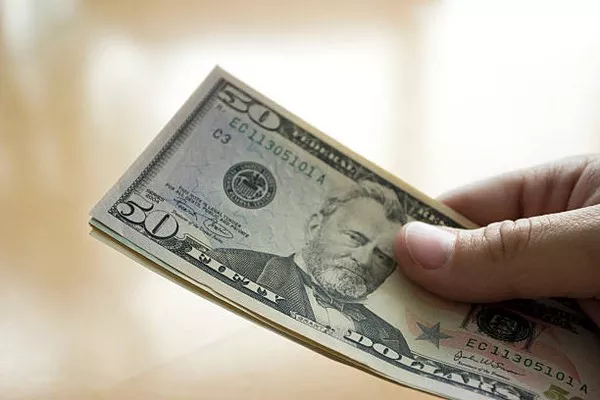The relationship between the US dollar and cryptocurrencies has evolved significantly in recent months, with implications for both traditional finance and the digital asset space. While the USD remains the primary fiat currency for crypto trading, regulatory crackdowns and the rise of stablecoins have created new dynamics in this interplay.
One of the most notable trends is the increasing regulatory scrutiny on cryptocurrency exchanges operating in USD markets. The US Securities and Exchange Commission (SEC) has taken aggressive action against major platforms like Binance and Coinbase, alleging violations of securities laws. These legal battles have introduced uncertainty into the crypto market, with some investors fearing that tighter regulations could limit access to dollar-based crypto trading. At the same time, the crackdown has reinforced the USD’s role as a benchmark for compliance, as exchanges seek to maintain ties with the traditional financial system to avoid regulatory backlash.
Stablecoins, which are pegged to the USD, have also become a focal point in discussions about the dollar’s influence in crypto. Tether (USDT) and USD Coin (USDC), the two largest stablecoins, are backed by reserves held in USD or dollar-denominated assets. These tokens serve as a bridge between fiat and crypto, enabling traders to move in and out of volatile digital assets without leaving the dollar ecosystem. However, concerns about the transparency and stability of stablecoin issuers have prompted calls for stricter oversight. The US Treasury and Federal Reserve have both emphasized the need for clear regulations to ensure that stablecoins do not pose systemic risks to the broader financial system.
Another development is the growing interest in central bank digital currencies (CBDCs), particularly the digital dollar. The Federal Reserve has been exploring the potential of a US CBDC, which could further solidify the dollar’s role in the digital economy. A digital dollar would provide a government-backed alternative to private stablecoins, potentially reducing reliance on entities like Tether and Circle. However, the project faces significant challenges, including privacy concerns and technological hurdles. The Fed has yet to commit to launching a CBDC, but its continued research indicates that policymakers are taking the digital currency space seriously.
Meanwhile, some crypto proponents are advocating for alternatives to USD-dominated systems. Bitcoin maximalists, for instance, argue that decentralized cryptocurrencies should operate independently of fiat currencies like the dollar. However, the reality is that most crypto trading pairs are still priced in USD, and the vast majority of liquidity flows through dollar-linked stablecoins. This dependence highlights the entrenched position of the USD in global finance, even as the crypto industry seeks greater autonomy.
Looking ahead, the interplay between the USD and cryptocurrencies will likely remain complex. Regulatory developments, the evolution of stablecoins, and the potential introduction of a digital dollar will all shape this relationship. While some in the crypto space aim to reduce reliance on traditional fiat systems, the USD’s deep liquidity and institutional backing make it difficult to displace entirely. The coming years will test whether cryptocurrencies can coexist with the dollar or if they will ultimately challenge its dominance in new and unexpected ways.
You Might Be Interested In:


